Physical
Department of Chemistry and Biochemistry
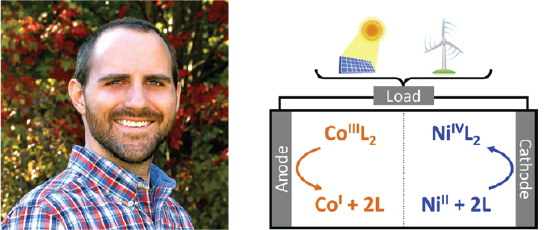
Associate Professor
farnum@auburn.edu
PhD Johns Hopkins University (2012)
Disciplines: inorganic, physical, energy, materials
The Farnum group is interested in the development of inorganic molecules and nanomaterials that address chemical challenges related to solar energy conversion and electrochemical energy storage. Our lab intersects the broad areas of inorganic and physical chemistry where we use a range of synthetic and characterization methods to produce new and exciting molecules/materials and probe their photo/electrochemical properties.
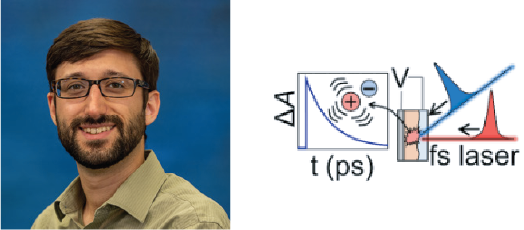
Assistant Professor
chris.grieco@auburn.edu
PhD Pennsylvania State University (2017)
Disciplines: physical, analytical, materials, polymers, energy, photochemistry, photophysics
The Grieco lab aims to develop a fundamental understanding of mixed ionic-electronic conduction in conjugated polymers for ion-charge signal transduction and storage. Motivated by bioelectronic and energy storage applications, our research lies at the interface between Physical Chemistry, Materials Chemistry, and Engineering. We develop and apply in situ time-resolved optical spectroscopies for probing the elementary processes that occur during mixed ionic-electronic conduction. Our ultimate goal is to develop polymer design principles for maximizing their performance in electrochemical devices.
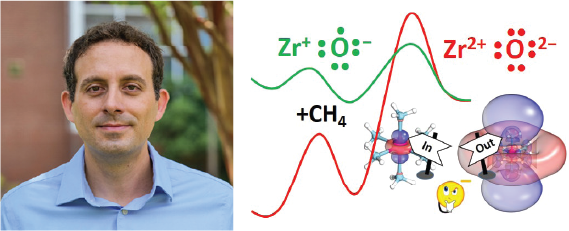
James E. Land Associate Professor
emiliord@auburn.edu
PhD National and Kapodistrian University of Athens (2010)
Disciplines: physical, computational/theoretical, energy
Our group applies high-level electronic structure calculations to study small transition metal compounds and their reactions with representative molecules for the activation of chemical bonds, such as C-H, O-H, N2, and CO2. These reactions are important in environmental chemistry and industry. Our goal is to understand the role of metal identity and ligands on the activity of molecular catalysts. We also study molecular systems containing solvated electrons (solvated electron precursors), which can lead to the discovery of novel materials (liquid metals) and aid their experimental characterization.
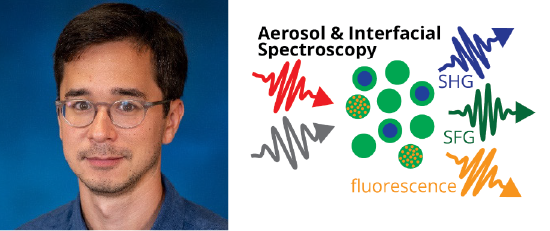
Assistant Professor
peo0005@auburn.edu
PhD Northwestern University (2019)
Disciplines: physical, analytical, environmental
Our research seeks to develop and apply tools to elucidate the molecular details of the structure, composition, and reactivity of interfacial chemical systems. We are particularly interested in the surfaces/interfaces of aerosol particles and liquid:liquid interfaces. This work lies at the metaphorical interface between a range of fields, including physical chemistry, analytical chemistry, environmental chemistry, and aerosol science. We use a variety of analytical techniques and instrumentation, including sum-frequency generation/second harmonic generation, fluorescence probe spectroscopy, aerosol mass spectrometry, and scanning mobility particle sizing.
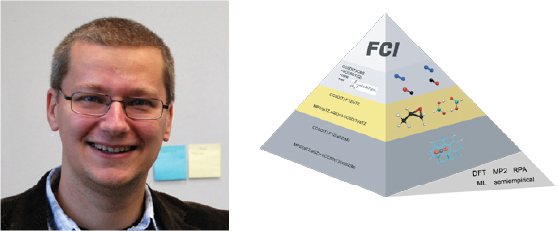
Professor and Graduate Program Officer (GPO)
patkowski@auburn.edu
PhD University of Warsaw (2004)
Disciplines: physical, computational/theoretical, energy
Our group studies weak intermolecular interactions using accurate techniques of ab initio computational chemistry. We strive to provide improved descriptions of weakly bound complexes of spectroscopic and astrophysical relevance and a quantitative picture of small molecule adsorption on carbon nanotubes and within metal organic frameworks. Our method development work focuses on extending the capabilities of symmetry-adapted perturbation theory (SAPT) and improving the performance of dispersion-corrected density functional theory (DFT) across the entire potential energy surface.

Assistant Professor
flp0008@auburn.edu
PhD Aarhus University (2004)
Disciplines: physical, computational/theoretical
